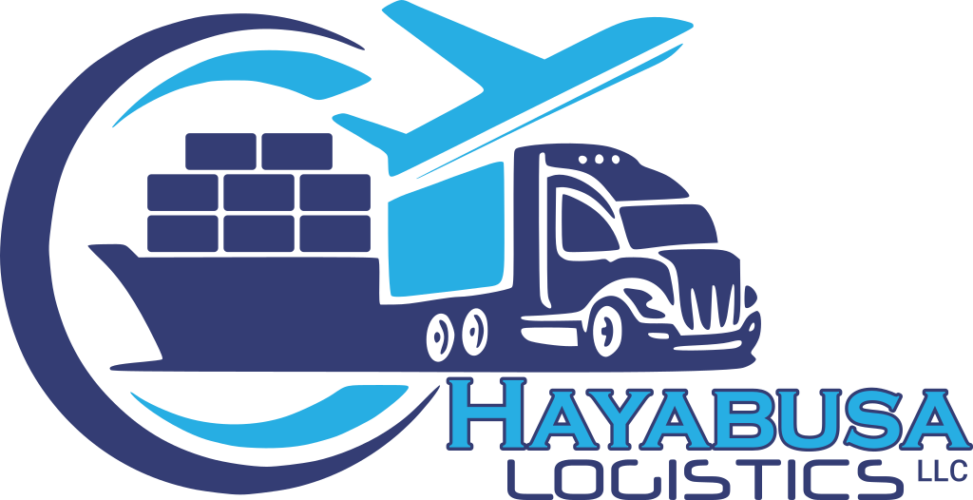In today’s global economy, international trade has become more accessible and complex than ever. As goods flow across borders in greater quantities and at faster speeds, the need for efficient customs clearance processes has become paramount. Traditionally, customs clearance involved extensive paperwork and manual processes, often causing delays and increased costs. However, technology is dramatically transforming customs clearance documentation, making the process faster, more accurate, and less burdensome for businesses.
Along the way, we’ll focus on important aspects such as the custom clearance documents for import, and obtaining a customs clearance certificate in this evolving environment.
Traditional Challenges of Customs Clearance Documentation
Before diving into the technological transformation, it’s essential to understand the traditional challenges that plagued customs clearance documentation processes:
Manual Documentation
Traditionally, customs clearance required a significant amount of paperwork. Importers and exporters had to gather numerous documents for each shipment, including invoices, packing lists, certificates of origin, and more. These documents were manually submitted to customs authorities, which often led to errors, delays, and complications.
Complexity of Regulations
Different countries have unique customs regulations and procedures. For instance, the custom clearance documents for import into one country may differ significantly from those required in another. Navigating these regulations required expertise and a meticulous approach, further slowing down the clearance process.
Delays and Costs
Manual processes, combined with the complexity of regulations, often led to significant delays in customs clearance. Delays could disrupt supply chains and increase costs, especially when goods were held at customs for an extended period.
Lack of Transparency
In traditional customs clearance, businesses had limited visibility into the status of their shipments. Without real-time updates, tracking the progress of goods through customs was challenging, adding to the uncertainty and risk.
Fortunately, technological advancements are addressing these challenges, revolutionizing how customs clearance documentation is handled.
To know more: How To Choose The Right Heavy-Duty Rental Truck For Your Business Needs
Key Technologies Transforming Customs Clearance Documentation
a) Electronic Data Interchange (EDI)
Electronic Data Interchange (EDI) is one of the foundational technologies transforming customs clearance. EDI enables businesses to exchange important customs documents electronically, reducing the need for paper-based forms. By automating the submission of documents such as invoices, certificates of origin, and bills of lading, EDI significantly speeds up the customs clearance process.
Benefits of EDI in Customs Clearance:
Speed : Customs authorities can instantly receive and process electronic documents, reducing clearance times.
Accuracy : Automation reduces the risk of human error in document submission.
Cost-Effective : EDI eliminates the need for physical paperwork, reducing costs associated with printing and storage.
b) Blockchain Technology
Blockchain technology is increasingly being used to secure and verify customs clearance documents. Blockchain offers a decentralized, tamper-proof ledger that ensures the authenticity of documents like customs clearance certificate.
Key Advantages of Blockchain:
Transparency : Blockchain allows all parties involved in a shipment (importers, exporters, customs authorities, and logistics providers) to access a shared, real-time record of documentation. This ensures transparency throughout the customs process.
Security : Documents stored on a blockchain are highly secure and cannot be altered without the consensus of all stakeholders. This reduces the risk of fraud and ensures the integrity of the documents.
Speed : Blockchain eliminates the need for intermediaries to verify documents, speeding up the clearance process.
c) Artificial Intelligence (AI) and Machine Learning
Artificial intelligence (AI) and machine learning are transforming how customs authorities process clearance documents. AI algorithms can quickly analyze customs documents, identify discrepancies, and ensure that the documents needed for customs clearance comply with regulations. This technology is particularly useful in flagging suspicious shipments or incomplete documentation, allowing customs authorities to focus their efforts on high-risk cases.
Benefits of AI in Customs Clearance:
Automation : AI automates the document verification process, reducing the time customs authorities spend on manual checks.
Error Reduction : AI’s ability to quickly analyze large volumes of data minimizes errors in document submission and processing.
Predictive Analytics : Machine learning algorithms can predict potential delays or issues in customs clearance based on past data, allowing businesses to take proactive measures.
d) Cloud Computing
Cloud-based solutions are making customs clearance documentation more accessible and manageable. With cloud computing, businesses can store, share, and manage customs documents in a centralized platform that is accessible from anywhere in the world.
Key Advantages of Cloud Computing:
Accessibility : Cloud platforms allow businesses to access documents needed for customs clearance in real-time, regardless of their location. This is especially useful for multinational companies with complex supply chains.
Collaboration : Cloud-based systems facilitate collaboration between different stakeholders in the customs clearance process, ensuring that everyone has access to the latest version of the documents.
Cost Savings : By eliminating the need for on-premises data storage and reducing reliance on paper-based systems, cloud computing helps businesses save on costs.
Impact of Technological Advancements on Customs Clearance
Faster Clearance Times
One of the most significant benefits of technology in customs clearance is the reduction in clearance times. By automating document submission and verification, businesses can clear goods through customs more quickly, reducing delays and improving supply chain efficiency.
Reduced Errors and Compliance Risks
Technology reduces the risk of human error in customs documentation. Automated systems ensure that documents needed for customs clearance are correctly filled out and submitted in accordance with customs regulations.
Improved Transparency and Tracking
With technologies such as blockchain and cloud computing, businesses have greater visibility into the status of their shipments.
For instance, businesses applying for a customs clearance certificate can track the approval process in real time, ensuring that they meet all requirements and avoid delays.
Cost Savings
By reducing the need for manual processes, paper-based documentation, and intermediaries, technology significantly lowers the costs associated with customs clearance.
How to Adapt to the Digital Transformation of Customs Clearance
As technology continues to reshape customs clearance, businesses must adapt to remain competitive. Here are some key steps companies can take to thrive in this digital landscape:
a) Invest in Digital Tools
To take full advantage of the technological advancements in customs clearance, businesses should invest in digital tools that streamline the documentation process. This includes adopting cloud-bas
ed platforms for document management, implementing EDI systems for data exchange, and exploring blockchain solutions for document security.
b) Stay Informed on Regulatory Changes
Customs regulations are constantly evolving, and businesses must stay informed to ensure compliance. Many digital tools offer real-time updates on regulatory changes, allowing businesses to adjust their processes and avoid costly fines or delays.
c) Train Staff on New Technologies
To maximize the benefits of technology in customs clearance, businesses should ensure that their staff is well-trained on the latest digital tools and platforms. This includes providing training on how to use EDI systems, blockchain technology, and AI-powered document analysis tools.
d) Collaborate with Customs Brokers and Logistics Providers
Many customs brokers and logistics providers are adopting the latest technologies to streamline the customs clearance process. By partnering with these experts, businesses can benefit from their experience and leverage cutting-edge technology without having to invest heavily in their own infrastructure.
To know more: Shipping and Logistics Companies in Dubai
Conclusion
The technological transformation of customs clearance documentation is revolutionizing global trade.
By adopting these advancements, companies can streamline their handling of custom clearance documents for import , ensure compliance with documents needed for customs clearance , and obtain customs clearance certificate efficiently. The future of customs clearance is digital, and businesses that adapt to this transformation will gain a competitive edge in the global economy.
You can count on Hayabusa Logistics to provide you with fast options for custom clearance.. You get the most skilled drivers for transporting your goods which ensures safety with speed. In addition, Hayabusa Logistics provides services like custom clearance documents for import which helps in transporting goods faster. Enjoy these services at the most competitive and fair prices in the market with Hayabusa Logistics.

